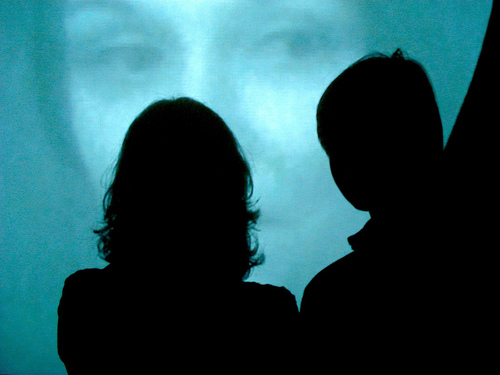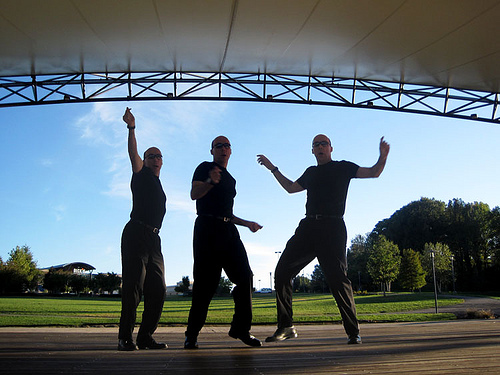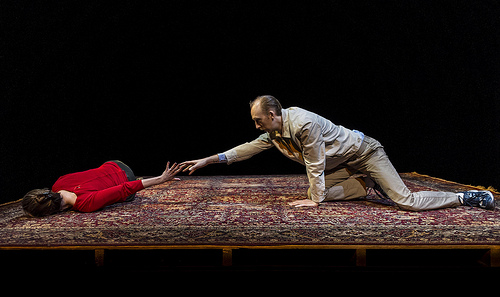Who’s Watching

Source: Who's watching?, Anna Borska, Flickr
Is there anyone watching you right now? Look around. Do you see anyone who could be watching you? Let’s say there is someone, maybe just one person, watching you sometimes.
Even if it is only an occasional glance, if you are aware of someone watching you, if you are aware of being watched, then you are (in a sense) performing. Maybe your performance is completely natural, but it is nevertheless—in some sense—a performance.
All performance situations involve an audience; all situations involving an audience are—in some sense—performances.

Source: 126_365_On Stage, Michael Kuhn, Flickr
Now, think about adding some speaking to your performance. What are the possibilities? You can talk to yourself (think aloud). You can talk to someone who is not going to respond (a person who is just listening or who is imaginary—your audience). You can talk to someone or several people who are going to respond.
An actor in the performance of a play has the same set of options. The difference is that no matter what an actor says aloud, whether the actor is speaking to herself or to another character on stage, the audience will hear the actor’s words. For an actor onstage, an audience is always present, even if the actor is alone.

Source: Mor & Barn, Bo Nielsen, Flickr
Each of these speaking possibilities has a name in the terminology of drama.
- An actor speaking to him or herself is a soliloquy.
- An actor speaking to someone who isn’t going to respond is a monologue.
- An actor speaking with another actor is dialogue.
See if you can choose the correct term (soliloquy, monologue, or dialogue) from the drop-down menu for each dramatic speech below.

In addition to these speaking possibilities in drama, an actor can say or do things that the audience understands in one way and the actor (as a character) understands in a different and less complete or less accurate way.
This is dramatic irony. We will explore this possibility in the final section of this lesson.
In the first few sections, you are going to learn about monologues and soliloquies before you get to that last possibility, dramatic irony. You already know how dialogue works, but you will learn to recognize these additional dramatic conventions and see how they function in a stage performance.